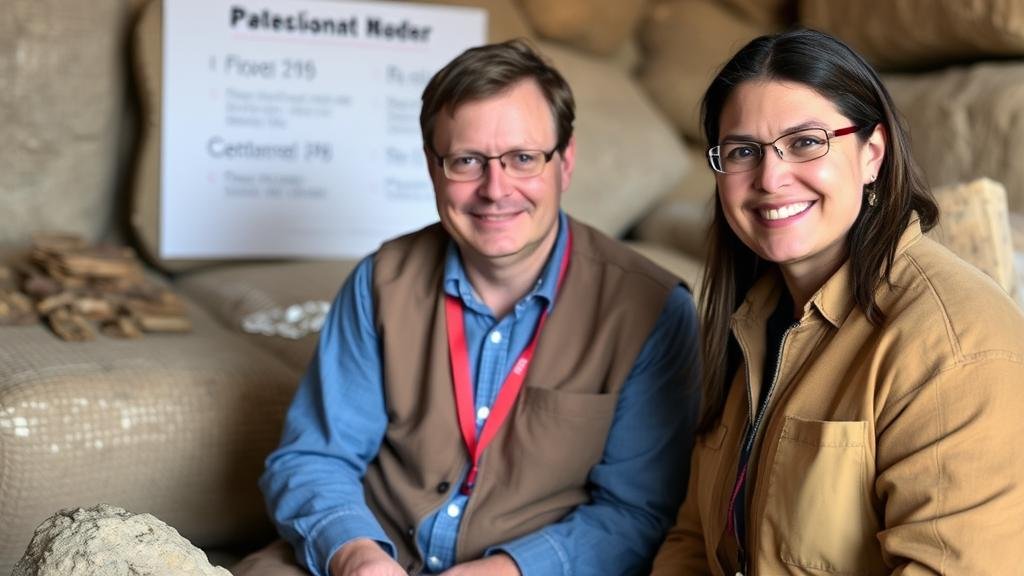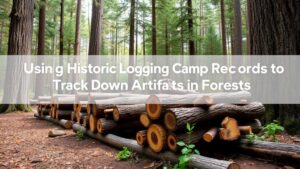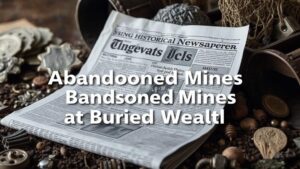Interviewing Archaeologists for Their Personal Insights on Unpublished Finds
Interviewing Archaeologists for Their Personal Insights on Unpublished Finds
The intersection of archaeology and personal narrative offers a unique lens through which to understand the fields ongoing developments, particularly concerning unpublished finds. This paper examines the methodology behind interviewing archaeologists to capture their insights, with a focus on unpublished artifacts and sites. By exploring how personal experiences influence archaeological interpretation, this study aims to enrich public understanding of archaeological practices and discoveries.
The Importance of Unpublished Finds
Unpublished finds refer to archaeological artifacts or sites that have not yet undergone extensive documentation or scholarly review. e items can often carry significant historical context and insights into missing narratives of human history. For example, a 2019 discovery of a Roman villa in North Yorkshire, England, revealed intricate mosaics that were initially undocumented. Such findings can reshape historical understandings and cultural narratives.
Methodology
The collection of qualitative data from seasoned archaeologists is central to this research. Interviews were designed to explore both their personal experiences with unpublished finds and the methodologies they applied in excavations. The following steps were taken to ensure a robust methodological framework:
- Selection of Participants: Archaeologists from various specializations, including those focusing on historical, prehistoric, and underrepresented cultures, were targeted for interviews.
- Interview Structure: A semi-structured format was implemented, allowing for both guided questions and the flexibility to explore topics organically.
- Data Collection: Interviews were recorded and transcribed for thematic analysis, ensuring that the voices of the participants remained authentic and intact.
Insights Gained from the Interviews
The interviews revealed several core insights into how archaeologists engage with their unpublished finds. The following themes emerged:
- Challenges of Publication: Many archaeologists reported difficulties in publishing their findings, often due to bureaucratic hurdles or limited access to academic journals, which can delay or prevent discoveries from being shared with the public.
- Personal Connection to Finds: Personal narratives often shape the significance of finds. For example, Dr. Jennifer Reid reflected on her discovery of an ancient burial site in Virginia, describing it as a profound connection to her own ancestry.
- Interdisciplinary Collaboration: Several participants emphasized the value of collaborating across disciplines with historians, geologists, and even artists to bring broader interpretations to their unpublished work.
Real-World Applications
The insights gathered from these interviews can have practical applications in both academic and public realms:
- Enhancing Public Engagement: By sharing personal narratives alongside archaeological finds, professionals can create more relatable and engaging outreach materials, thereby attracting public interest in archaeology.
- Shaping Academic Discourse: Incorporating personal insights can invigorate discussions within academic conferences, prompting broader analyses of the societal impacts of unpublished finds.
Conclusion
The insights gained from interviewing archaeologists underscore the significant role personal narratives play in shaping the understanding of unpublished archaeological finds. As evidenced by the experiences shared, these narratives not only expand scholarly dialogue but also foster a deeper connection between the public and the field of archaeology. Moving forward, efforts to publish and share unpublished finds should be enhanced, ensuring that the richness of human history is accessible to all.



